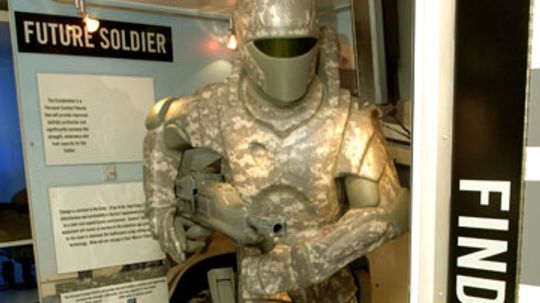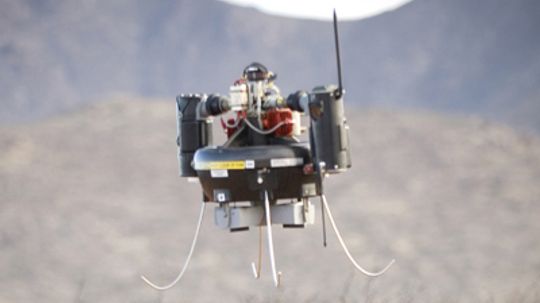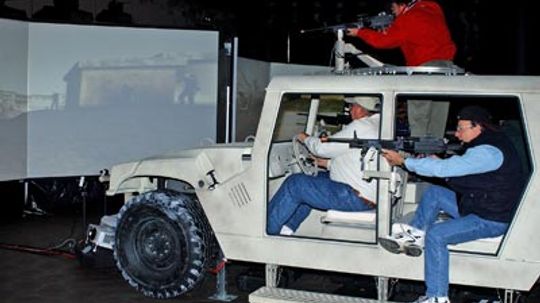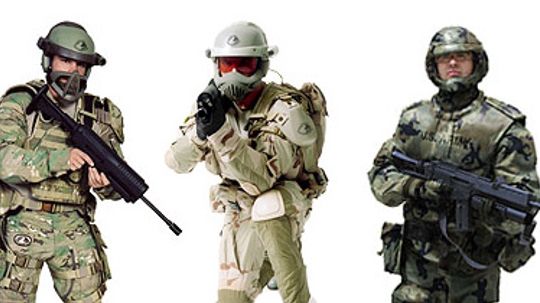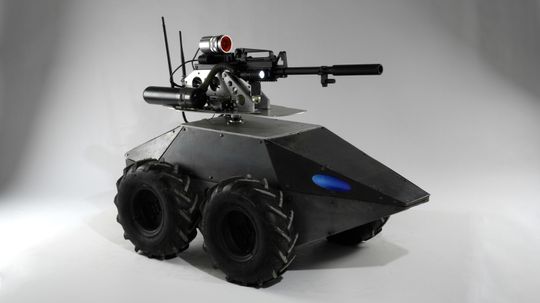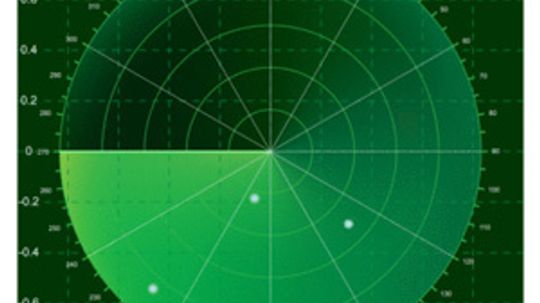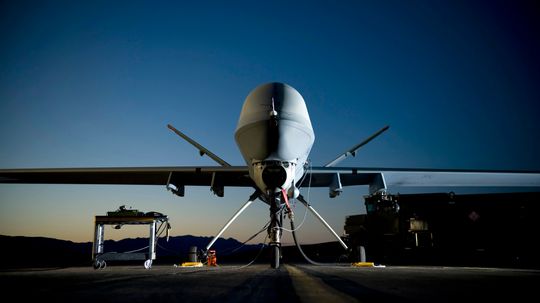Future Military Technology
What will the military of the future look like? Get a glimpse of upcoming technologies and how they might be utilized, including combat wear, future space wars and high-tech military robots.
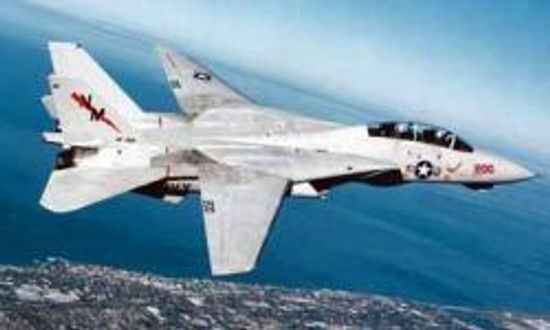
Watch Your Six: Military Jet Pictures

McDonnell Douglas F-4 Phantom II

Lockheed P-38 Lightning

Does Army experience help your civilian career?

How NCO Professional Development Ribbons Work
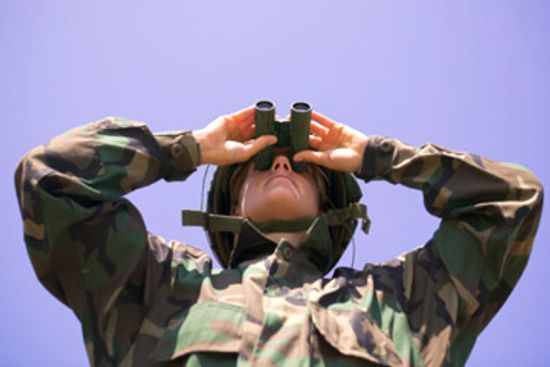
How Army Reconnaissance Jobs Work

How Agent Orange Worked

How Biological and Chemical Warfare Works

How Mustard Gas Works
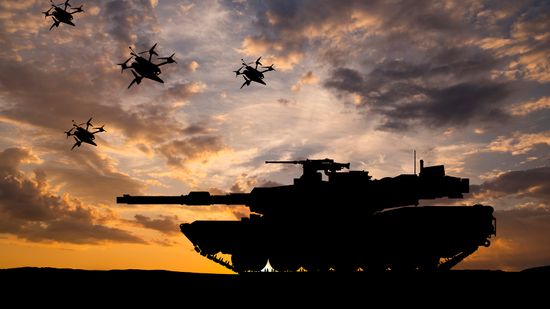
What Is the Strongest Military in the World?

5 Countries That Ditched Their Military Forces

Coast Guard Rescue Swimmers Risk All to Save Lives
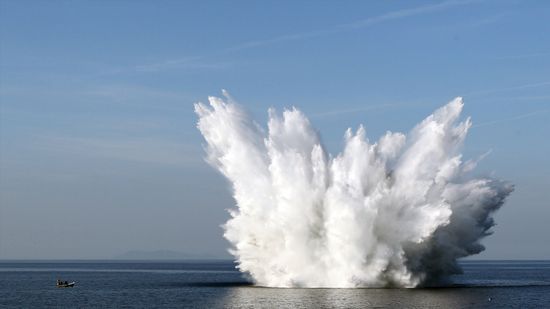
Anatomy of an Underwater Explosion

Can You Really Outrun an Explosion?

How Blast-resistant Clothing Works

HowStuffWorks Illustrated: Two Legal Gun Modifications

Gun Pictures

What's the world's smallest gun?
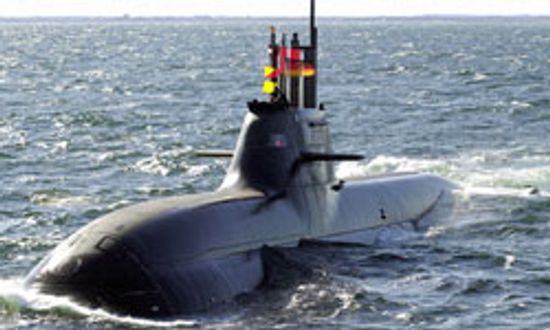
Submarine Pictures
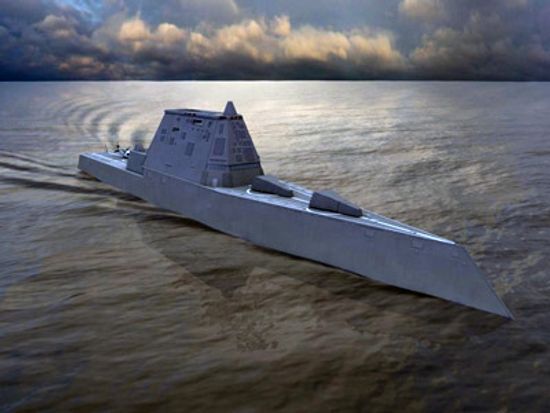
How the Zumwalt Class Destroyer Works

How Aircraft Carriers Work
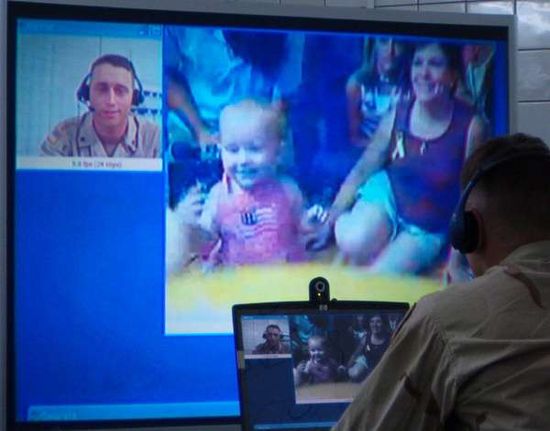
How Military Video Conferencing Works
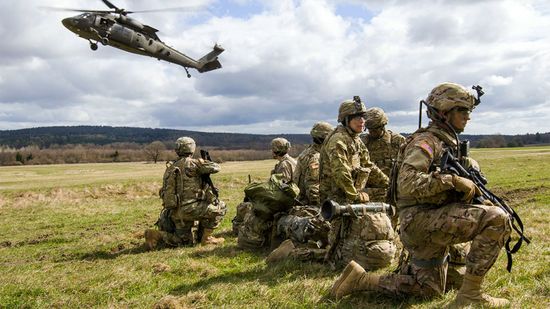
Why a Draft Would Weaken the U.S. Military

What Was the First War?

Top 5 Gadgets on the High-tech Soldier

Ghillie: Fishing Aid and Inspiration for Camo Suits

10 Insane Disguises That Actually Worked

How Code Breakers Work

YOU Can Drive a Tank!
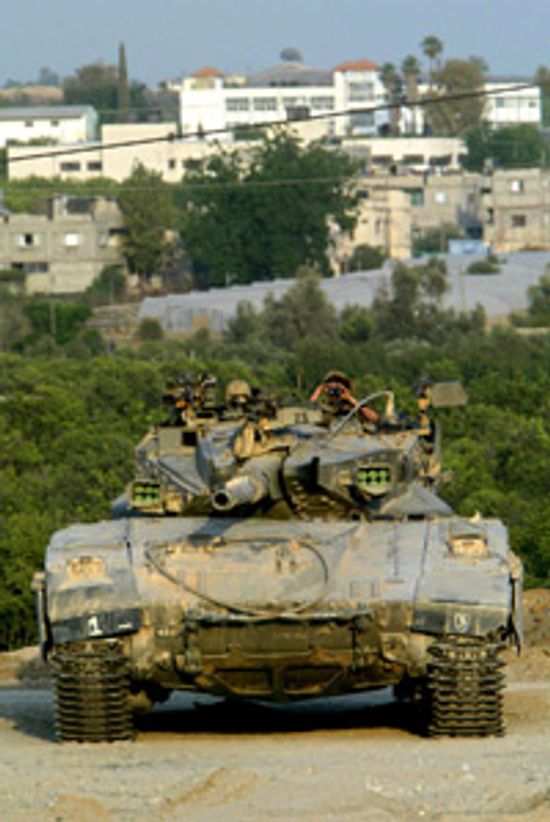
Is the army testing an invisible tank?
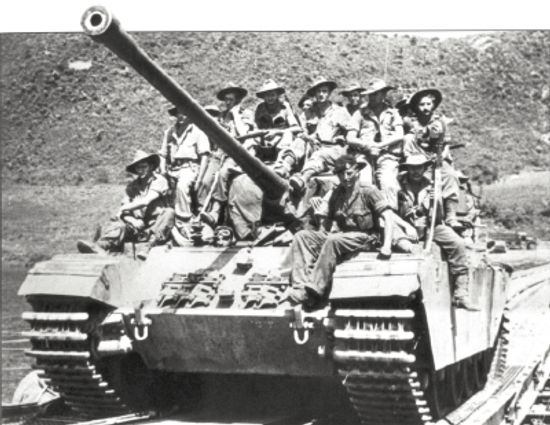
Centurion Main Battle Tank
Learn More
One U.S. Army leader says robots could account for a significant portion of American fighting forces in the next 20 years or so. Find out how machines are waging war now and how they may change the face of battle in the decades to come.
By Chris Opfer
If you're a fan of Iron Man comic books and movies, you probably wish you had a flight-capable suit of armor to battle evildoers. Well, you might just be in luck.
By Kevin Bonsor & Patrick J. Kiger
Weapons in space that can knock down missiles have been under development for years and are starting to look realistic. Learn how they will work!
By Kevin Bonsor
Advertisement
Capable of firing a round of shots from what appears to be out of nowhere, the no-line-of-sight cannon (NLOS-C) can put the kibosh on enemy movement.
By Josh Clark
The U.S. Army's Future Combat Systems (FCS) initiative is a massive overhaul of military technology intended to prepare the Army for modern warfare. Learn how.
When he needs a new state-of-the-art trick up his sleeve, James Bond asks Q. Who do U.S. soldiers go to for cutting-edge equipment?
Laser weapons have been depicted in science fiction for years, but they do exist in real life. How is the military looking to use laser technology?
Advertisement
The military uses virtual reality for most everything -- from learning to fly a jet fighter to putting out a fire onboard a ship. Learn about how virtual reality military applications help with training and safety enhancement, and serve as a tool to analyze military maneuvers and battlefield positions.
For the battlefield of the future, the U.S. Army is developing an infantry uniform that will provide superhuman strength and much more. Learn how the Future Force Warrior will turn a soldier into an "F-16 on legs."
By Kevin Bonsor
Soldiers face danger every day -- detecting landmines, deactivating unexploded bombs and scoping out hostile buildings are tasks that don't always require a human presence. That's where military robots come in.
The idea of anyone messing with your mind probably makes you nervous. But what if doctors could put that power to good use without drilling a hole through your skull?
By Robert Lamb
Advertisement
Winning wars sometimes requires innovative new tools, so it seems possible that new technologies are developed in the heat of battle. But is all technology born from conflict?
The Trump administration wants to develop a new generation of low-yield nuclear weapons that could be used without launching an all-out nuclear war.
Military types are looking to drones to fly the deadly skies.
By Chris Opfer

